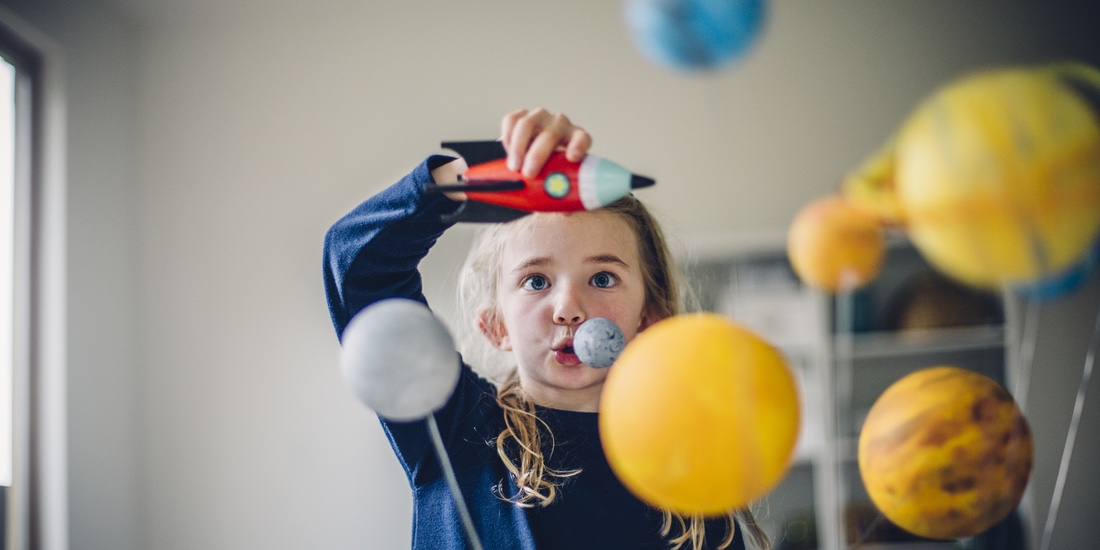-Howard Gardner
Learn
Basic Concepts
There are many different ways in which we are capable of learning. The brain takes in information through a variety of ways to support our understanding of and engagement with subjects. Identifying and individualizing for children’s unique ways of learning is what Howard Gardner termed “Multiple Intelligences” in 1983.
The Theory of Multiple Intelligences
Proven by research and embraced by educators, it looks at learning and teaching as a creative process utilizing children’s intelligences. Gardner identified nine intelligences that engage our brains:
| The Theory of Multiple Intelligences | |
| Bodily / Kinesthetic | Learning through physical interaction with the environment; “learning by doing”. |
| Existential | Learning connects experiential knowledge to new learning and concepts. “Big picture” learning. |
| Interpersonal | Learning through other people; collaboration and cooperation. |
| Intrapersonal | Learning through one’s feelings, values and attitudes. |
| Mathematical / Logical | Learning happens through problem solving, reasoning, patterns and numbers. |
| Musical | Learning through songs, rhythms, musical expression and instruments. |
| Naturalist | Learning through classification and category; ability to identify difference. |
| Verbal / Linguistic | Learning happens through spoken and written words, reading, writing, speaking and listening. |
| Visual-Spatial | Learning happens through seeing and organizing ideas in spaces; “Thinking in pictures”. |
Everyone carries with them a piece of each of these nine intelligences, some of them more than others. We may have preferences and aptitudes for one or two intelligences, but we still learn through all the others. For example, I am very good at learning through reading, but to remember things, I need to physically write it down and/or say it out loud.
Gardner defines learning style as the way we approach materials or tasks. For example, right brain or left brain, verbally or physically, reflectively or impulsively.
Just Remember
- We do not have fixed IQs; children benefit from engaging and learning through the different intelligences.
- Intelligences work together fluidly – just because we have a strong aptitude in one or more intelligences does not mean this is our learning style.
Do
Put the Theory of Multiple Intelligences to the Test
- Want to help your child remember to clean up?
- Make up a song together, write it down, illustrate it, hang it up to remind your child what good cleaning looks like.
- Teaching your child to write?
- Make letters with blocks or your bodies, play with playdough extruders, or sing a little tune about straight lines and curvy lines.
- Are you working on teaching your child impulse control?
- Read a book, write a story, sing a song, provide a squishy toy that explores the ways we feel, make mistakes and correct ourselves with better choices.
